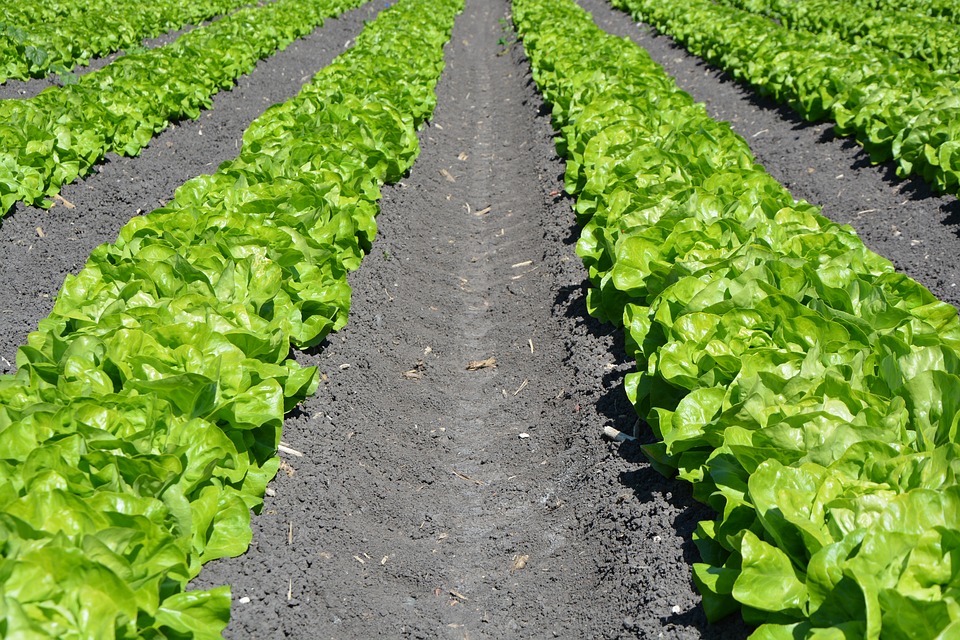
This year’s outbreaks of E. coli and salmonella infections in Canada and the U.S. have led to misleading headlines in the media regarding blockchain’s ability to prevent such outbreaks.
Though a distributed ledger system is not preventative, it can be used as part of a larger system to quickly track down and identify the exact source of infectious outbreaks. This identification process could eliminate the need for mass disposal of food and allow for sharper identification of those at actual risk. It does not sound as catchy when put accurately, but it is important for investors to understand the details.
Headlines hyping the use of blockchain to somehow end E. coli outbreaks have appeared sporadically since Walmart’s announcement that it will be using IBM’s Food Trust network as the solution for its Walmart Food Traceability Initiative. Most cluster around September 2018 when Walmart shared the news with the press and the public through multiple channels including an article titled, “In Wake of Romaine E. coli Scare, Walmart Deploys Blockchain to Track Leafy Greens.”
While many headlines asked a variation on the question whether blockchain could prevent E. coli outbreaks, most legitimate news articles then went on to clarify that blockchain is being used as the accounting piece of the supply chain puzzle for which IBM’s Food Trust network is intended to solve. For example, the Walmart article paints a picture of the difficulty of tracking specific pieces of produce from field to table.
When an E. coli outbreak occurs, figuring out the source is quite difficult for numerous reasons including the fact that it requires asking everyone who got sick what they did and what they ate. Only if a shared source of potential infection can be identified will the supply chain become involved. At that point, if everyone who got sick ate some Romaine lettuce, then health authorities will begin to both test lettuce from relevant sources and ask produce vendors to begin to track the source of lettuce from restaurants and/or groceries that supplied lettuce to those that were infected.
Note that a recent communique from the Canadian government regarding recent E. coli infections describes “possible cause of the contamination” because it is not 100 percent sure. And after identifying likely sources and testing them, it revealed that “all products that have been tested have been negative for E. coli.”

However, in examining supply chain information, the government was able to narrow the search down to coastal growing regions in northern and central California. That is a huge area. How would blockchain technology help? According to Walmart’s article:
“Instead of taking a week to hunt down information about potential Salmonella in a product, blockchain tracking takes only a couple of seconds.”
The process of tracking supply chain information could have been sped up. Walmart does not go into more specifics of whether such information could also have been more accurate but that is also likely the case with IBM’s Food Trust network. If sources for the Romaine lettuce could have been traced more accurately to specific farms or suppliers rather than to a large coastal region, then far less produce would have been destroyed. It is also possible that the actual source could have been identified and future outbreaks from the source ended.
But that identification process could occur without blockchain technology. Other systems exist to accomplish the ledger functions, as noted in a piece on Canadian efforts to develop similar blockchain tech. According to an associate professor of food safety from McGill University, Dr. Lawrence Goodridge, “there are many other traceability approaches.” He points out that, “one of the major selling points of blockchain is the idea of moving from paper-based records to digital records, but we don’t need blockchain to do that.” He maintains that spreadsheets could handle that part of the puzzle.
But there is at least one other big problem beyond the ledger system that blockchain cannot address. That is the issue of tagging the product. Canadian company Adastra Corp. is attempting to address the same issues as is IBM. Adastra’s Marcos Da Silva, a huge advocate for blockchain tech as a supply chain solution, says that Adastra has still not solved the problem of how to “properly label live produce with some sort of barcode or sticker that would not fall off during production.”
That is a huge problem because tagging the product, whether chickens or avocados or mined substances, is the only way to track the product through each step of the supply chain no matter what ledger system is used. Currently, IBM has a solution it calls “cryptographic anchors.” That is something a small Canadian company will probably not be able to create without huge amounts of money. And that is yet another example of how hard it is to find pure blockchain plays from Canada in which to invest.

